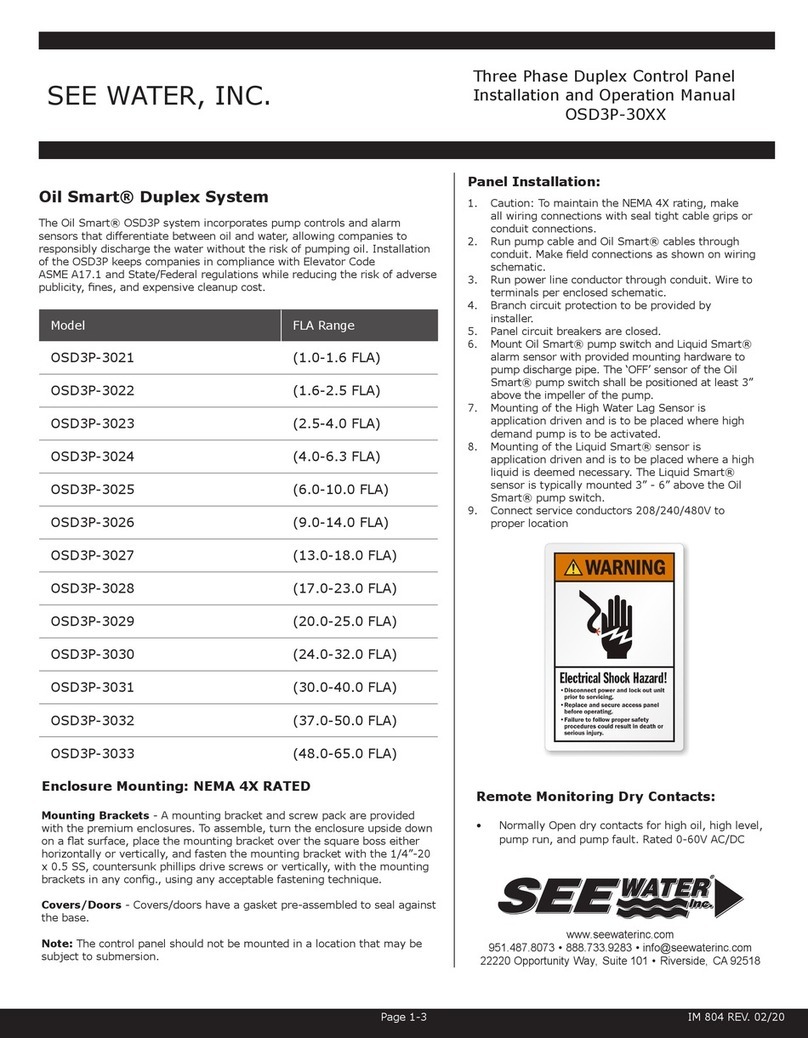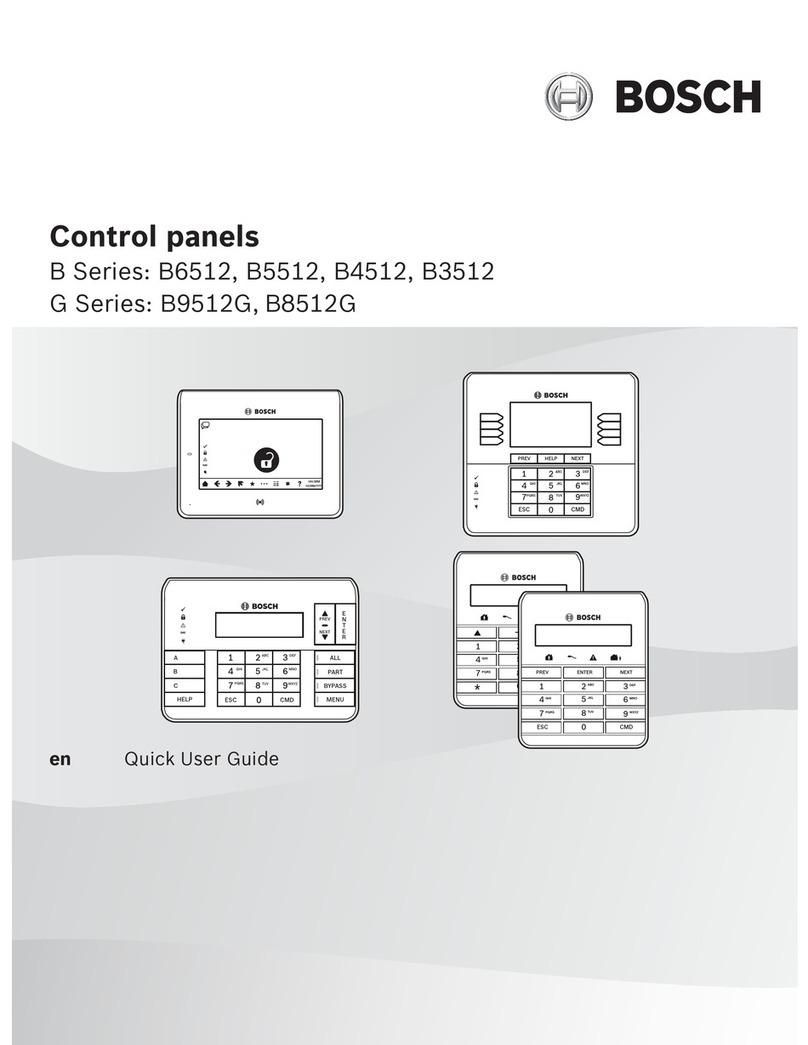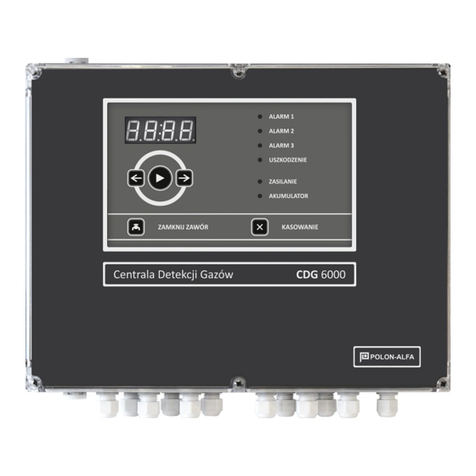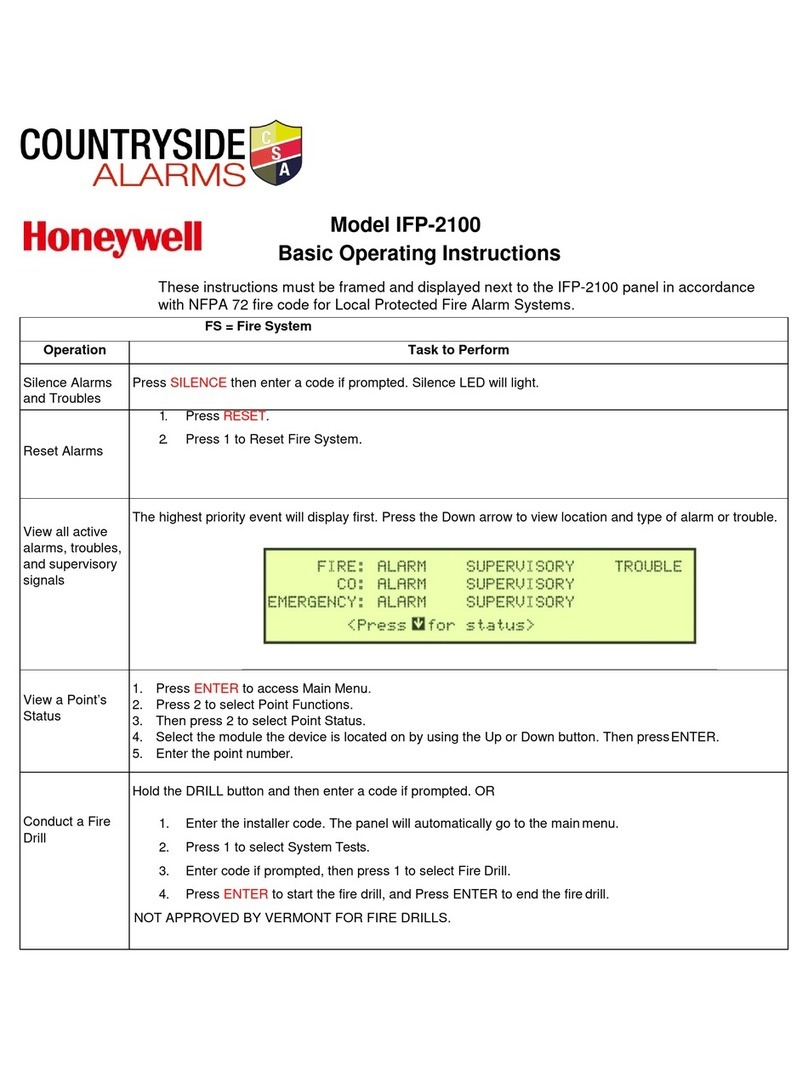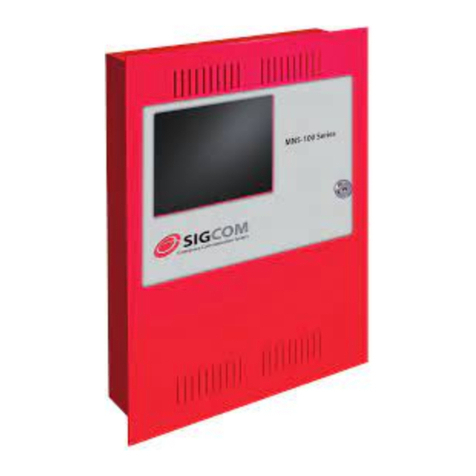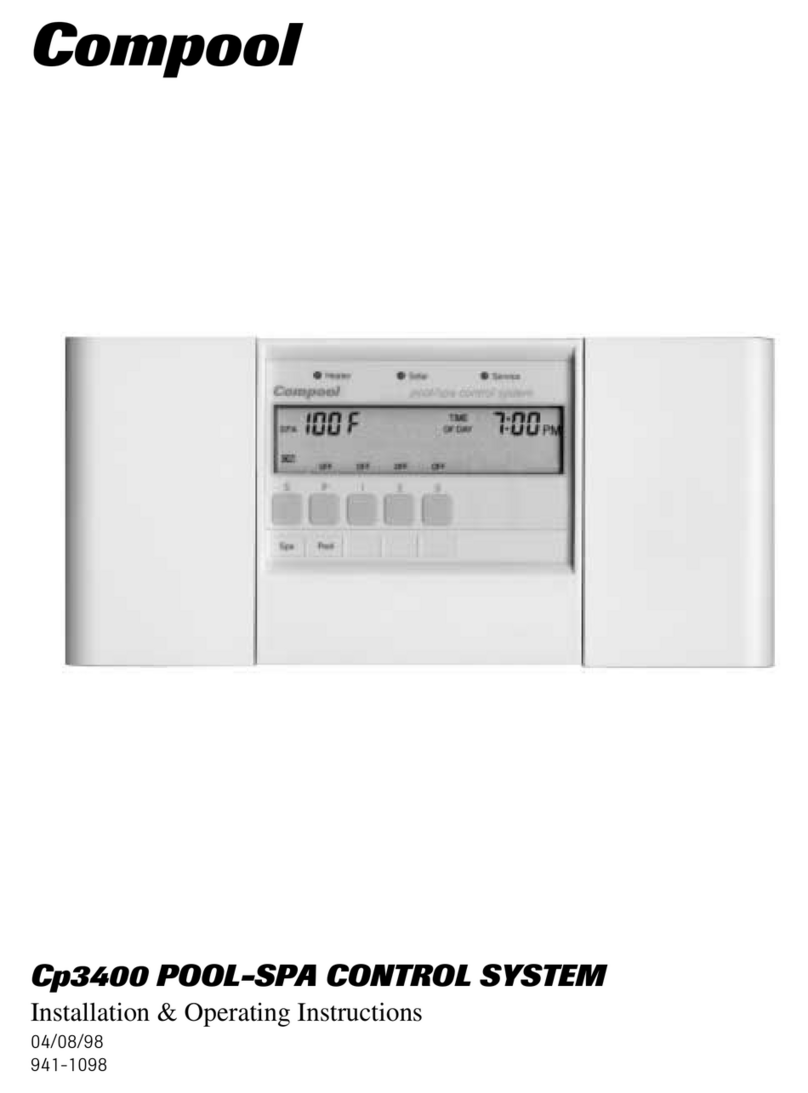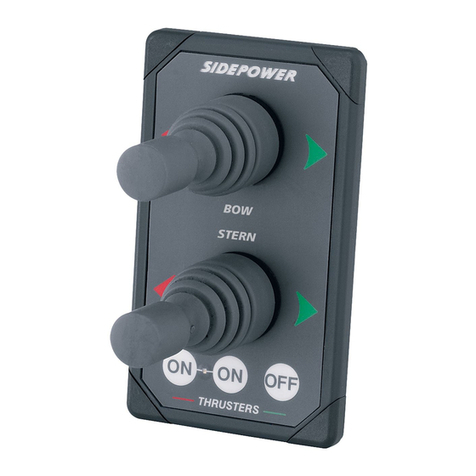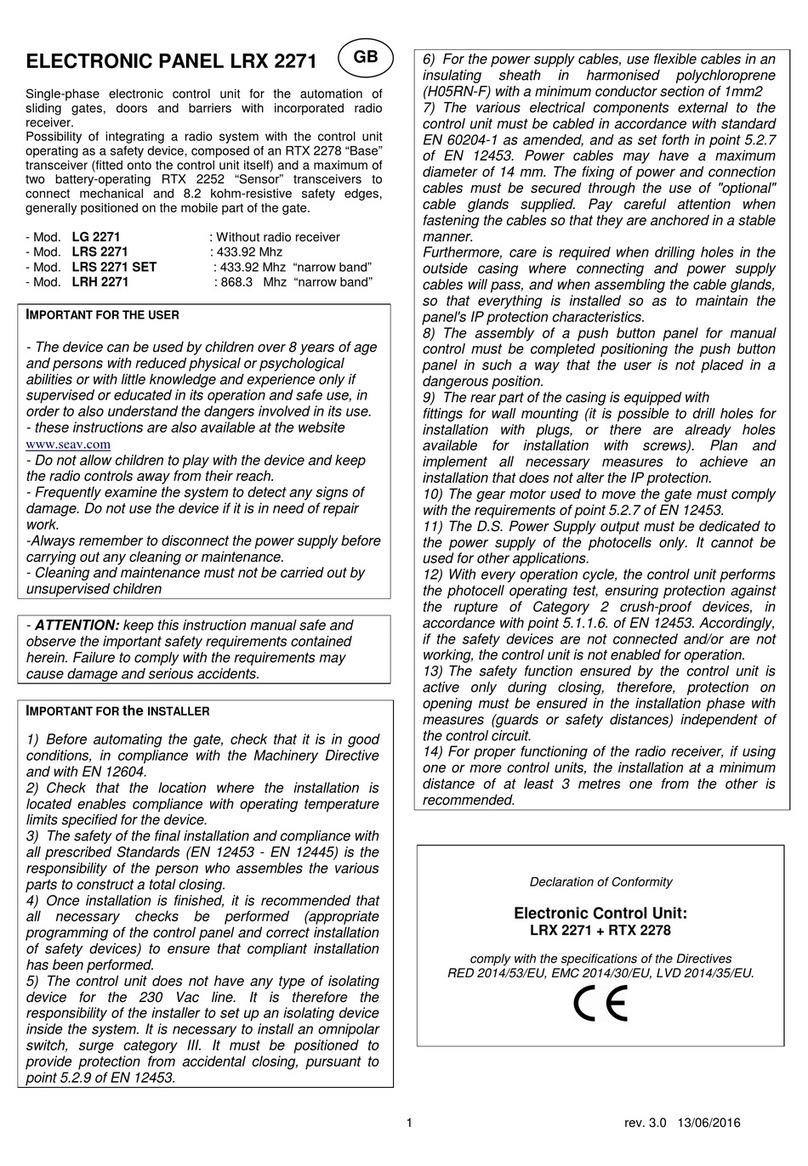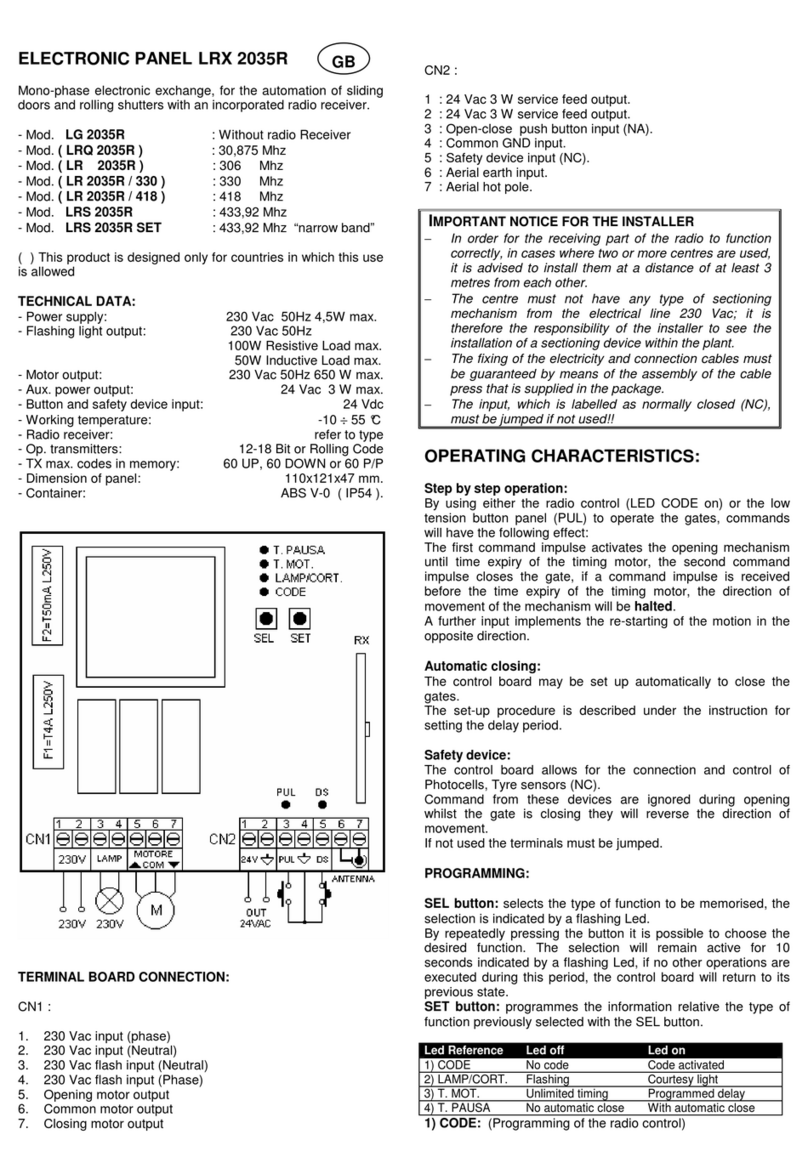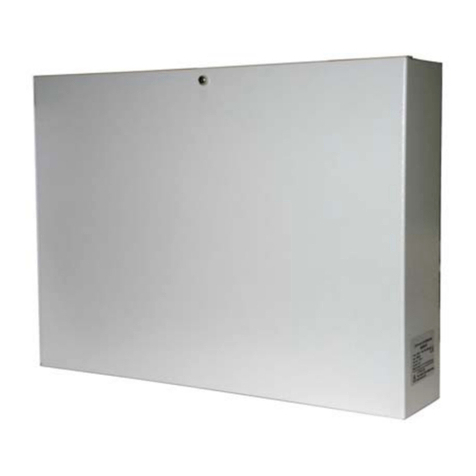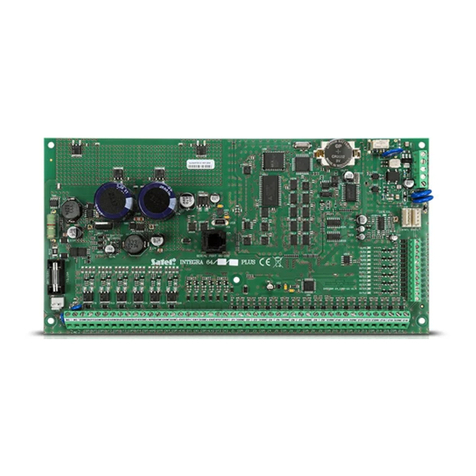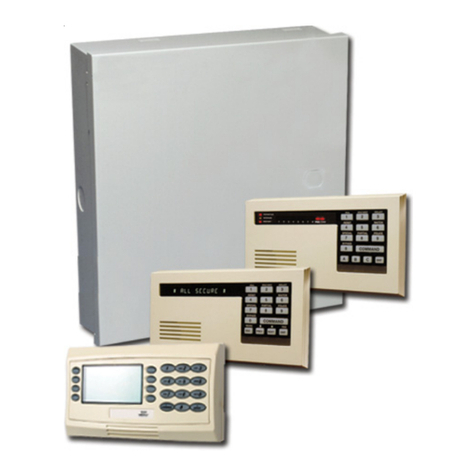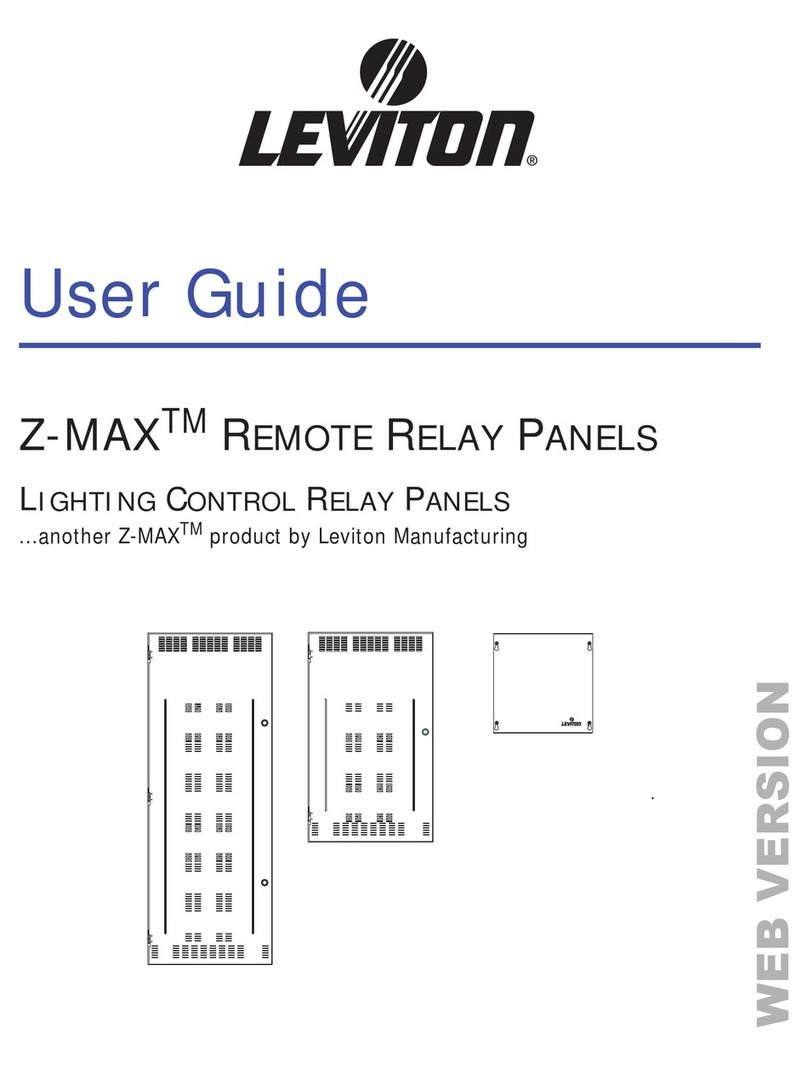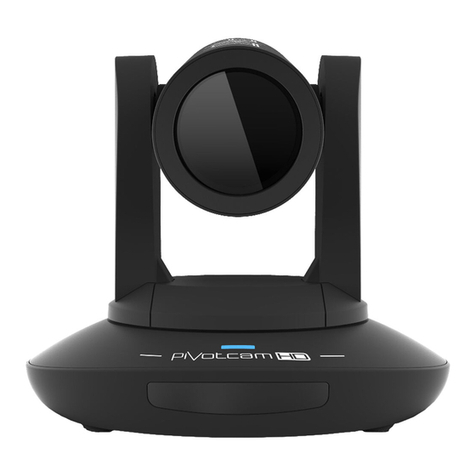
PED/Single Door Radio Control code programming
If you want to program the Radio Control transmission code
referred to Pedestrian or Single Door operation, repeat the
above operation by pressing the SEL key twice (the CODE LED
flashes rapidly) instead of once. Repeat the operation to
restore the initial configuration.
Deletion.
All the stored codes are deleted as follows: press the SEL
button until the CODE LED** flashes, then press the SET
button and the CODE LED turns off and the codes are deleted.
4) INB. CMD. AP: (Command inhibition during opening and
pause time, if entered)
The command inhibition function during opening and pause
time, if entered, is used when automation includes a loop
detector. During the opening or pause phase the control unit
does not receive the commands sent by the loop detector with
every passage.
The default settings of the control unit have disabled command
inhibition during opening and pause time. If it is necessary to
enable it, do the following: use the SEL key to move to the
flashing INB.CMD.AP LED then press the SET key. The
INB.CMD.AP LED will light up steadily. Repeat the procedure to
restore the previous configuration.
5) T. MOT and DECELERATION: (Programming a motor operation
time of max 4 minutes)
The control unit is supplied by the manufacturer with a default
motor operation time of 30 seconds, without deceleration.
To modify the operation time of the motors, proceed as follows
when the gate is closed: use the SEL key to navigate to T.
MOT. when the respective LED is flashing , then press the SET
key briefly and Motor 1 will begin its opening cycle; when the
initial point of deceleration is reached press the SET key again:
the T. MOT. LED will start flashing more slowly and Motor 1 will
decelerate; when the desired position is reached, press the
SET key to complete the opening cycle. The T. MOT LED will
now start flashing normally again and Motor 2 will begin its
opening cycle: repeat the operations to program the work time
for Motor 2, After programming the opening times for the
motors, Motor 2 will start its closing cycle: repeat the same
instructions as above for programming the closing cycle of
Motor 2 and then for Motor 1. If you do not want the control unit
to decelerate, when the opening and closing phase is finished,
press the SET key twice during programming, instead of just
once.
During programming the radio control key of the control unit
can be used instead of the SET key, if stored previously.
6) T. MOT. PED: (Programming a pedestrian operating time of 4
minutes max.)
The control unit is factory supplied with a predefined
(Pedestrian) Motor 1 operating time of 10 sec. without
deceleration.
If it is necessary to modify the pedestrian operating time,
programming must be carried out when the gate is closed, as
follows: use the SEL key to move to the flashing T.MOT PED.
LED, then press the SET key briefly. Motor 1 will start the
opening cycle; in correspondence with the point desired to start
deceleration, press the SET key again: the T. MOT. PED. will
start flashing more slowly and Motor 1 will decelerate; when the
desired position is reached, press the SET key to complete the
opening cycle. At this point the T. MOT PED. LED will start
flashing at its standard pace again and the Motor 1 will begin
the closing phase; repeat the above operations for the closing
phase. If you do not want the control unit to decelerate, when
the opening and closing phase is finished, press the SET key
twice during programming, instead of just once.
During programming the radio control key of the control unit
can be used instead of the SET key, if stored previously.
7) T. PAUSA: (Automatic closing time programming max. 4 minutes)
The control unit is supplied by the manufacturer without
automatic closing. If you wish to enable automatic closing,
proceed as follows: using the SEL key to move to the flashing
T. PAUSA LED, press the SET key briefly, then wait for the
amount of time you wish to set for automatic closing; briefly
press the SET key again, and in that moment the automatic
closing time will be stored and the T. PAUSA LED will stay on
steady. If you wish to restore the initial condition ( without
automatic closing ), move to the flashing T. PAUSA LED, then
press the SET key twice within 2 seconds; the LED will shut off
and the operation will be complete.
During programming the radio control key of the control unit
can be used instead of the SET key, if stored previously.
8) T. RIT. ANTE : (Programming door delay of 15 sec. Max.)
The control unit is supplied by the manufacturer without gate
delay during opening and closing. If it is necessary to enter a
gate delay time, programming must be carried out when the
gate is closed, as follows: use the SEL key to move to the
flashing RIT. ANTE LED, press the SET key, wait for desired
interval of time, then press the SET key again: the gate delay
time opening will be stored, at 2 seconds, of the delay time of
the door closing for the time programmed and the RIT. ANTE
LED is steady.
To restore the initial configuration (without door delay), go to
the RIT. ANTE LED when flashing then press the SET key
twice within 2 seconds, the LED goes off and the operation is
completed.
EXTENDED MENU 1
The control unit is supplied by the manufacturer with the
possibility of selecting only the main menu functions.
To enable the functions listed in extended menu 1, proceed as
follows: press the SET button and hold for 5 seconds, after
which the T. PAUSA LED and RIT. ANTE LED will flash
alternately. You have 30 seconds to select the functions of
Extended Menu 1 using the SEL and SET buttons. After
another 30 seconds, the control unit returns to the main menu.
---------------------- EXTENDED MENU 1 ------------------
Reference LED LED Off LED On
A) 1-2 MOTORS remote PGM = OFF remote PGM = ON
B) AUT/S-S Test Photocell = ON Test Photocell= OFF
C) CODE Mant. Pressure = OFF Mant. Pressure = ON
D) INB.CMD.AP Water Hammer = OFF Water Hammer = ON
E) T. MOT.
Closing Hammer = OFF Closing Hammer = ON
F) T.MOT.PED. 4 x Limit switch 4 x Safety Devices
G) T. PAUSA Alternate ON/OFF flashing light
H) RIT. ANTE Flashing beacon ON/OFF in alternation
A) 1-2 MOTORS
( Remote programming of radio control ):
The control unit allows the transmission code to be
programmed, without using the SEL button directly on the
control unit, but remotely.
The remote transmission code can be programmed as follows:
continuously sending a previously-memorised radio control
code for more than 10 seconds. At this point the control unit
switches to programming mode, as described above for the
CODE LED in the main menu.
The control unit is supplied by the manufacturer with the
remote transmission code programming function disabled. If
you wish to enable the function, proceed as follows: check that
Extended Menu 1 is enabled (RIT. ANTE LED and T. PAUSA
LED start flashing alternately, ANTE Led), with the SEL key
position on the flashing of 1-2 motors Led then press the SET
key, the 1-2 MOTORS Led will simultaneously switch on
permanently and the programming is completed. Repeat the
procedure to restore the previous configuration.










